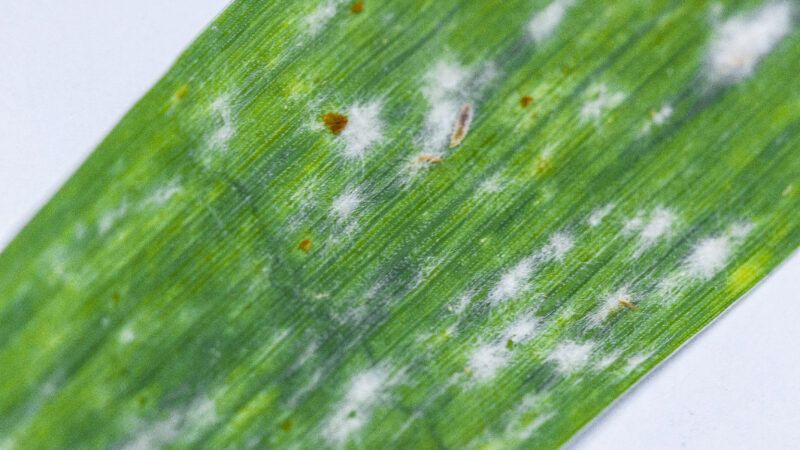Chinese Researchers Develop Gene-Edited Wheat That Resists Fungal Disease
Expect anti-biotech activists to oppose this important development.

"If the crop variety is susceptible to rust fungi and moisture is there and the temperature is right, it's like lighting a fire. It just destroys crops," said Norman Borlaug, father of the Green Revolution, to me in a Reason interview back in 2000. "One thing that I hope to live to see is somebody taking that block of rust-resistance genes in rice and putting it into all of the other cereals." Borlaug was a big supporter of using modern biotechnology to speed up the development of higher-yielding disease-resistant crop varieties.
As it turns out, plant breeders associated with the Borlaug Global Rust Initiative (BGRI), initiated in 2005 by Borlaug himself, were able to create "super wheat" rust-resistant varieties by 2011 using slower conventional breeding techniques. BGRI researchers pursued conventional breeding, at least in part, because of the fierce opposition to so-called genetically modified organisms (GMOs) by influential anti-technology activist organizations.
But rusts are not the only fungal diseases that attack wheat. There is also a powdery mildew fungus which can produce yield losses of up to 45 percent. Cereal farmers in developed countries sometimes apply fungicides to try to control the pest, but such measures are too expensive for most farmers around the globe.
The good news is that Chinese researchers have just taken a big step forward using gene-editing techniques to develop wheat varieties that resist the fungus. The researchers did not add any new genes from other crops as envisioned by Borlaug but instead used the CRISPR gene-editing technique to boost the performance of the fungus resistance genes already found in wheat without reducing crop yields.
"Another appeal of gene editing is that government regulators in several countries have recently made it easier for researchers and companies to study and commercialize plants made this way, whereas another method of engineering new traits into plants—transferring one species' DNA into another—often requires extensive testing and lengthy reviews before approval," notes Science.
In fact, getting a new biotech crop variety through the regulatory gauntlet typically takes 13 years and costs around $136 million. But fortunately, in 2020 the U.S. Department of Agriculture quite sensibly exempted most gene-edited crop varieties from agency regulations. Consequently, it should be much faster and cheaper to get new biotech enhanced crops such as the Chinese mildew-resistant wheat into farmers' fields and then onto our tables. Of course, anti-biotech activists will oppose this happy prospect.


Show Comments (68)